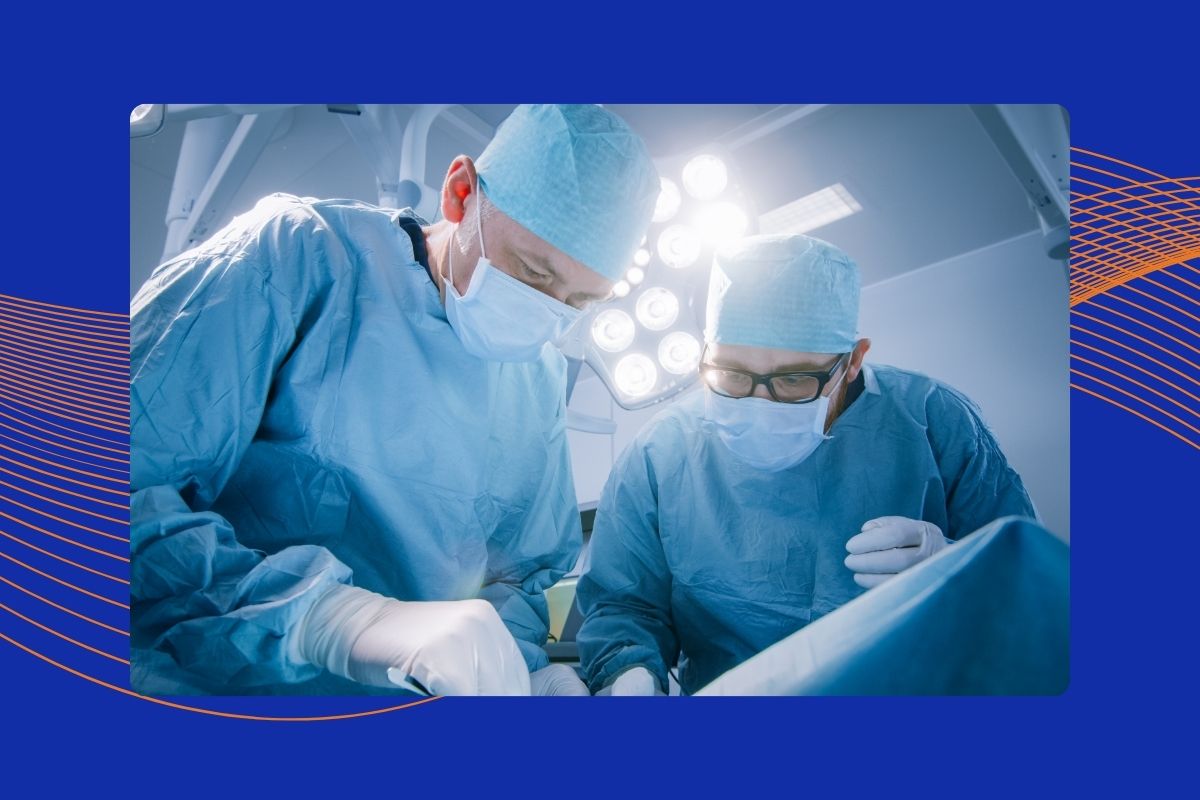Are you suffering from chronic pain even after undergoing spine surgery years ago? You’re not alone.
Research shows more than 72 million U.S. adults suffer from lower back pain. That’s more than the number suffering from heart disease, diabetes, or arthritis.
If you are dealing with a high level of pain after a previous spine surgery, a revision spine surgery might be right for you. Let’s examine what this type of surgery involves and how it can help.
Revision Spine Surgery
Revision spine surgery is a procedure designed to adjust or correct a previous spinal surgery’s results.
The spine is one of the most complex parts of the body. That’s why one surgery may not be enough to correct all of its problems. Many spine surgery patients continue to experience lower back pain if they don’t undergo additional surgery.
Perhaps the pain you’re experiencing in your back or neck is keeping you from doing basic tasks each day. Revision surgery may be the solution.
This surgery’s goal is to fix what was inadequately or incorrectly done during your first surgery. This includes repairing any part of your spine that was misdiagnosed.
The surgeon may also focus on parts of your spine that weren’t addressed during the first surgery. If part of your spine has worsened since your first procedure, your surgeon may fix this, too.
When performed properly, revision surgery will help you experience relief. This means you can resume work or the fun activities you’ve been missing due to your back pain.
Revision Spine Surgery Benefits
A major goal of revision surgery is to get rid of scar tissue. This scarring might have developed near or at your surgical site.
Scar tissue build-up may lead to pinched spinal nerves. This can cause sharp pain down your leg or in your back or neck.
Another aim of revision surgery is to fix a previously fixed herniated disc, as it may have suffered another herniation.
A disc herniation happens when a disc’s center material, which looks like jelly, goes through the disc’s outer material. This can cause weakness, numbness, and pain in a leg or arm.
Revision surgery may also address a spinal infection or a hardware failure. Spine hardware like rods, plates, and screws may break, loosen, or become misplaced. This may happen if the hardware wasn’t positioned properly or if some areas of the spine aren’t stable.
A surgeon may do any of the following to fix these issues:
- Replace broken hardware
- Slip loosened hardware pieces back into their correct positions
- Tighten loosened hardware
The surgeon will address any nerve or tissue damage that your loose or broken hardware pieces might have caused.
What Surgery Involves
What happens during your revision spine surgery will depend on the condition your surgeon needs to treat.
Let’s say your surgeon is fixing a previously repaired herniated disc. They might remove part of your disc to relieve pressure in the area.
Surgery Recovery Time
Your surgeon will be working on a spine area that’s already been worked on, so the area will be extremely vulnerable. Proceed with caution for months following your revision surgery.
Depending on your problem’s severity and your health, you may have no problem walking around immediately after your procedure. You might be cleared to return to work two weeks after the surgery.
Most patients aren’t ready to resume their normal activities until three months after the procedure.
Prepping for Surgery
Avoid using tobacco for 1.5 months before your revision surgery. The nicotine in tobacco products will cause your blood vessels to narrow. This means less blood will reach the surgical site after the procedure, which will slow down healing.
Stay away from alcohol during the week leading up to your revision surgery. This will help you avoid bleeding risks.
Your doctor might also tell you to stop taking the following before your surgery to decrease your bleeding risk:
- Blood thinners
- Supplements
- Anti-inflammatory medicine (e.g., ibuprofen)
Eat a balanced diet to keep your body in the best shape possible before your surgery. This will help speed up your healing process.
Best Surgery Candidates
The best candidates for revision spinal surgery are those who have received clear diagnoses from spinal surgeons.
You’re also a good candidate for revision surgery if you cannot relieve your pain through conservative treatments. These treatments might include steroid injections, massage, and acupuncture. They also include physical therapy and anti-inflammatory medication.
Other non-surgical treatments are hot and cold therapy. Hot therapy may help relieve pain from joint or muscle damage. Cold therapy slows down blood flow to reduce inflammation, tissue damage, and swelling.
If you have a heart condition, you might not be a good fit for revision surgery. Even minimally invasive procedures can put a strain on your heart.
Speak with your general physician or cardiologist to determine if your heart can withstand another spinal surgery.
How We Can Help
Revision spine surgery may help repair an issue that your previous spine surgery failed to fix. Your surgeon may repair a previously fixed herniated disc or replace damaged spine hardware pieces.
At The Advanced Spine Center, we take pride in offering revision spine surgery and several other spinal treatments. Our treatments target lower back pain, spinal injuries, neck pain, herniated discs, and more.
We have helped numerous patients reclaim their lives by eliminating their pain.
Contact us to learn more about our treatments, and schedule an appointment today!
